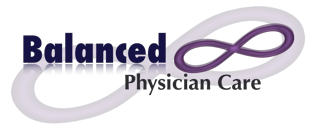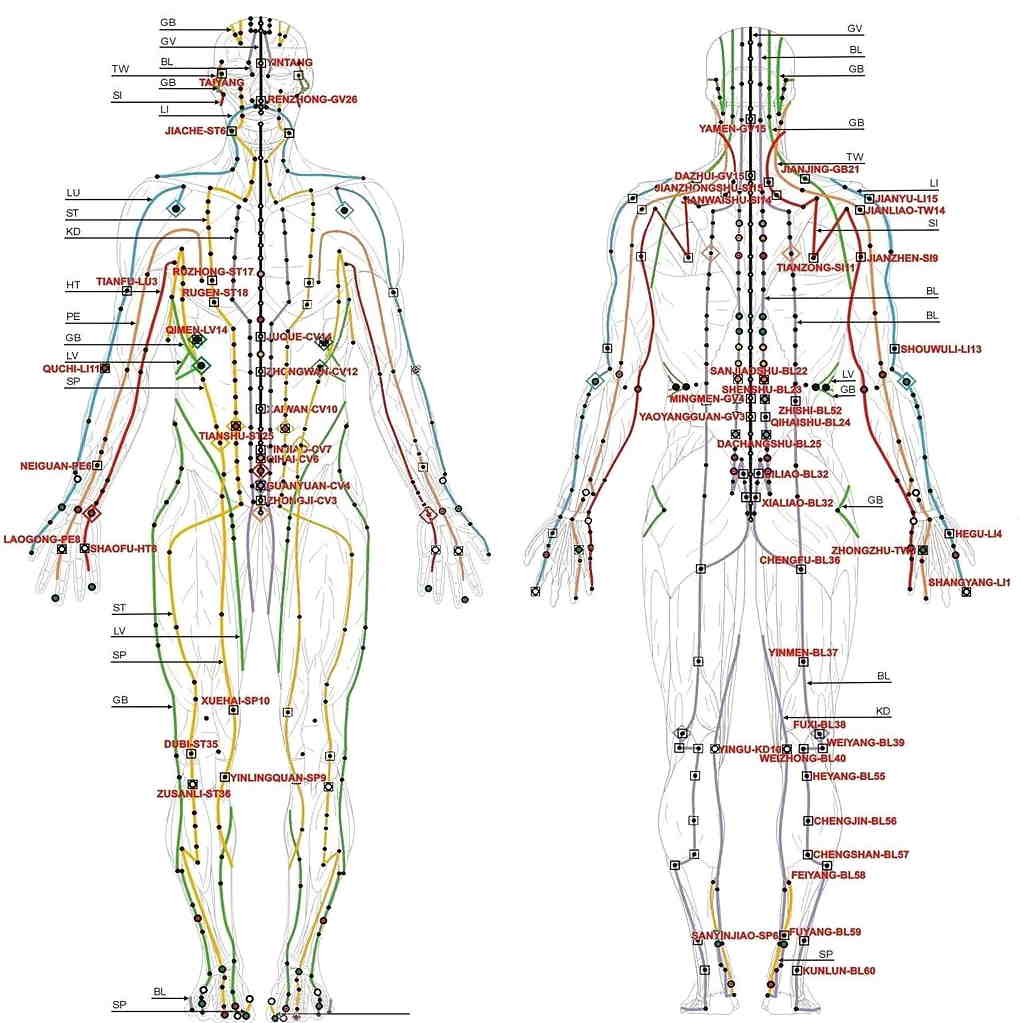Treating Pain Without Medication – Part 3: Acupuncture
A lot of the press surrounding the opioid epidemic has focused on providing marijuana as an alternative solution. While this idea is certainly to be considered with the sensationalism and controversy that marijuana brings to the media, other ideas and solutions have not been given as much attention. While acupuncture itself is not a cure to chronic pain, there is a lot of medical evidence that acupuncture can help in both pain and the mental aspects that create perpetuation of chronic pain in brain.
A recent while paper published by A.F. Fan et.al. in the Journal of Integrative Medicine (https://doi.org/10.1016/S2095-4964(17)60378-9), the author lays out the framework of how acupuncture can be used to solve the opioid epidemic. One of the ways acupuncture is thought to work on pain is by stimulating the nerves that lower pain in our bodies. Our nervous system in it wisdom has created a break on pain. Regular acupuncture can put the brakes on this pain.
Another aspect of acupuncture healing is its ability to work on the parasympathetic nervous system. It is believed that acupuncture stimulates the parasympathetic, rest and digest, part of our bodies. This system helps to calm the effect stress has on our bodies. Stress magnifies pain in our bodies, so by reducing stress and the chemicals it produces in our bodies we can reduce pain.
Another fascinating aspect of acupuncture and pain is that acupuncture is thought to create direct changes in the brain thought the nervous system. Too much attention is often focused at the periphery when it comes to pain, but changes in our brain often perpetuate the chronic pain response. Techniques such have scalp acupuncture have shown emerging clinical evidence that acupuncture can create positive changes in different sensory and motor areas of the brain.
Acupuncture is certainly not a “cure all”. These biggest downside of acupuncture is that it often takes a commitment to a good amount of visits to create a lasting change in your body when you have a condition that has been become chronic. Despite what most have experienced in Western Medicine, the needles are extremely small and when inserted virtually pain free. Also, there are many different styles of acupuncture, so even if you have tried it before in the past and not been successful, it may be reasonable to try it again with another practitioner. Consider including acupuncture not only as another tool powerful at reducing pain circuits and energizing healing pathways in the body, but for personal and emotional self-care, as well.
Optimize Your Health, Simplify Your Life,
Dr Sharyl Truty MD
Dr Sharyl Truty MD is board certified in Family Practice and Sports Medicine and has completed a physicians course at UCLA Helms Acupuncture Training and Certification as well as acupuncture training in China. If you would like to schedule an appointment with Dr Sharyl Truty, please call 904.930.4774 and ask about the New Patient Special, 3 visits for $199, available at Balanced Physician Care.
Twitter: @DrTruty





